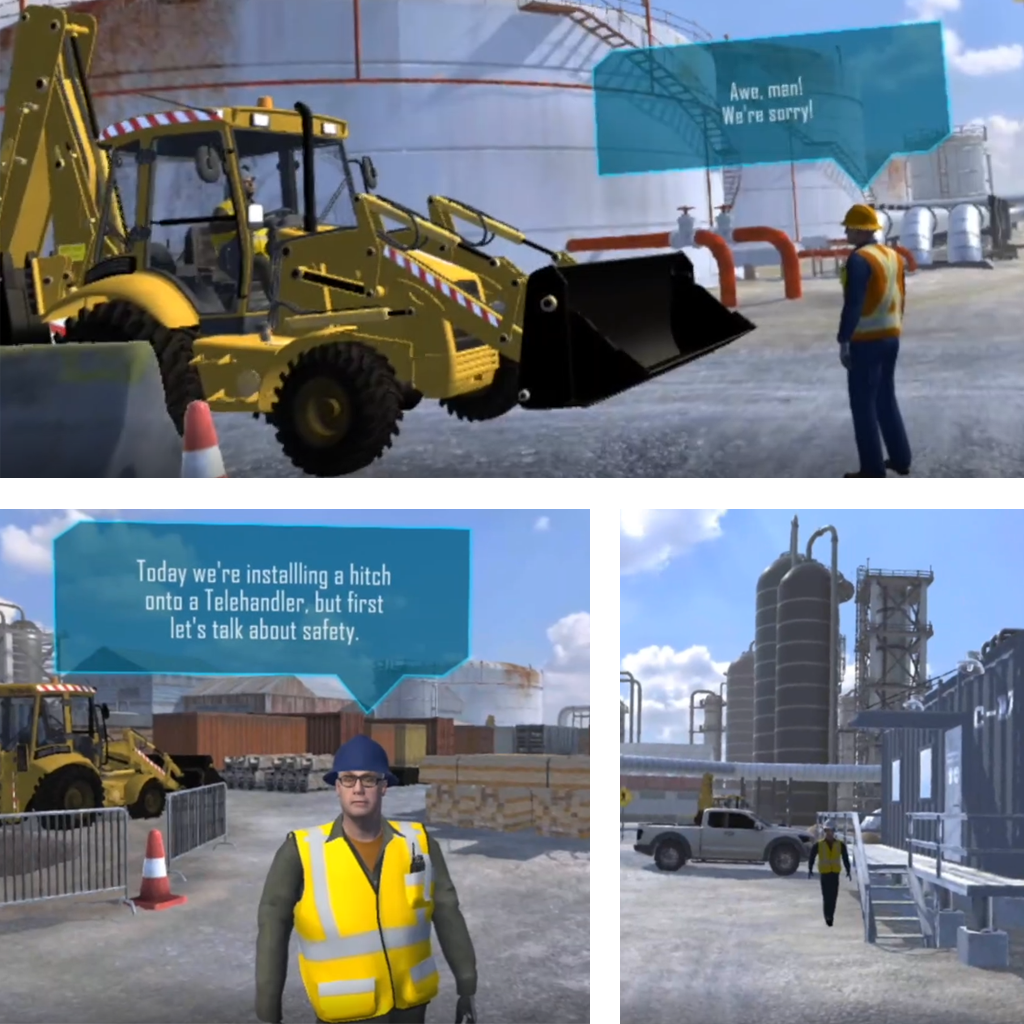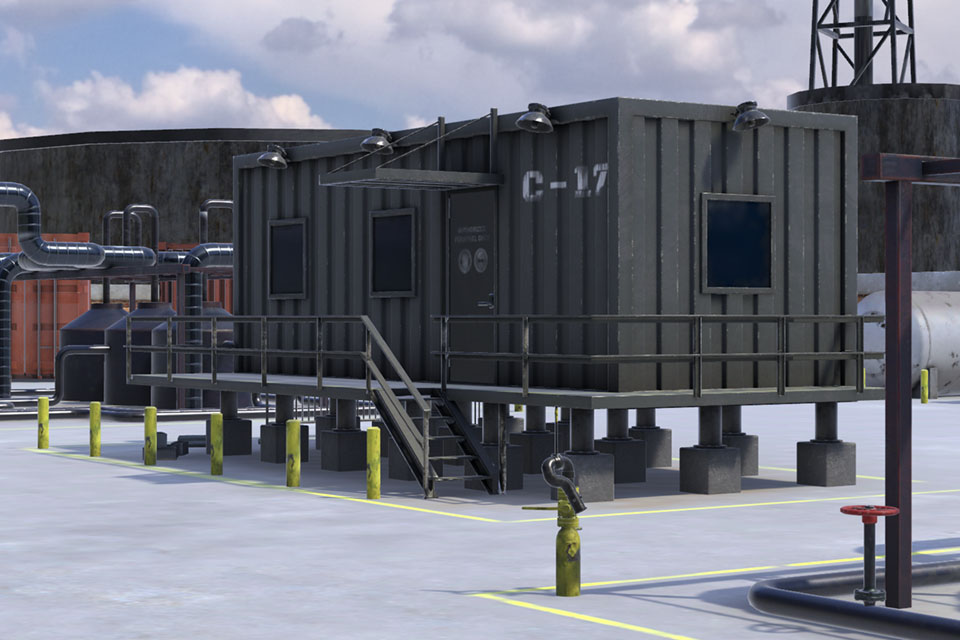Virtual reality (VR) is sparking a new frontier on many fronts. Most attention has been geared towards video games and film, but VR is also making impacts in other fields like industry training. Every major company has a system in place for bringing new members into the workforce and distributing new operating techniques. Typically this system is comprised of bringing the employees to a training facility for a period of weeks or months to learn the operations before releasing them into the industry environment. This can become expensive for employers as the employees often require transportation, housing, in-class work materials, and the employer must also provide the facility and instructors. It is a vacuum for company time and money. However, VR training provides the opportunity to cut bottom-line costs and provide better learning outcomes to generate more highly qualified employees.
A study conducted by the University of Maryland found that VR training is proven to help increase the employee retention rate to 90.48%. The same study also found that 41.00% few errors were made by those trained with VR, and, as the technology continues to be refined into more immersive experiences, it is likely that these numbers will increase. What this means is the gap between the time it takes to implement new employees and procedures effectively closes with VR training. Industries will no longer have to wait as long to reach peak efficiency after training, and those saved days will no longer be counted as a detriment to company profits but an addition. VR training also has other financial benefits.

VR increases engagement and helps retain knowledge
Most industries are limited with what they can do in their training sessions. For instance, replicating workplace scenarios is highly expensive. Actors have to be paid, equipment has to be brought in, the real operations have to be shut down for the practice session, and the worst part is the scenarios can only be performed a few times before things must resume as normal, providing the training employees with little to no time to get comfortable with what was taught. In some cases, it is impossible to replicate certain scenarios because they are extremely dangerous or because they only occur naturally, but with VR these issues disappear.
VR provides a safe environment for employees to train in any scenario repetitively. For example, say you are a construction worker. You could walk around a busy construction site and exercise proper safety etiquette, such as securing your safety line while on precarious scaffolding or being careful to not walk under suspended weighted loads. Another example would be if you were a police officer. Say there is a natural disaster. You could practice evacuating panicked people from a general area and coordinating with firefighters and paramedics. Large scale scenarios are not a problem for VR, and rehearsing these dangerous situations can help make employees more prepared and less likely to sustain death or injury on the job, more saving lives and money in the long run. Smaller scenarios are not a problem for VR either.

Saving Money, Time, and Lives
These scenarios may not be as dangerous as the ones previously mentioned, but each industry has its own difficulties that VR can help to address, like soft skills or abilities that help people to communicate effectively. Walmart is already implementing training in this area with their VR training initiative. In their VR program, employees practice different customer interactions at big sales events, such as Black Friday. Soft skills training with VR can also be applied in other industries, teaching employees how to give sales pitches to new clients, handle getting ambushed by the media, laying off other employees, and more. Any workplace location and outcome can be created with VR and practiced to create the best employee possible. Furthermore, the results of putting the employees through these comprehensive exercises can be digitized for the employer and employee to review and improve upon, making the training process more engaging and cutting down costs. Training may not even need to take place at a designated facility. Mobile VR apps on smartphones provide employees with the opportunity to train in their own homes with a cheap headset provided by the company, trimming costs even further.
The VR training frontier is a gold mine for saving company time and money. Old training systems can now be reimagined to include exercises that were never before possible, creating learning experiences that keeps employees’ attention and increase retention. The evidence of its effectiveness is apparent, and its applications are numerous from the most dangerous job to the least dangerous job in the market. VR training is a valuable asset for all industries, serving the bottom line without detracting from company outcomes. On the contrary, it improves them. The only question now is what is the path for your company to adopt VR?
